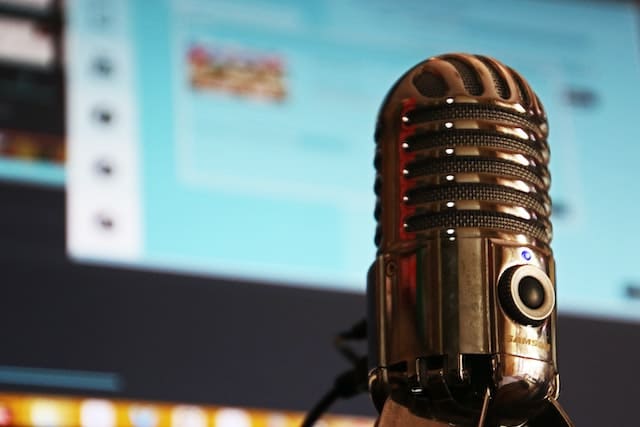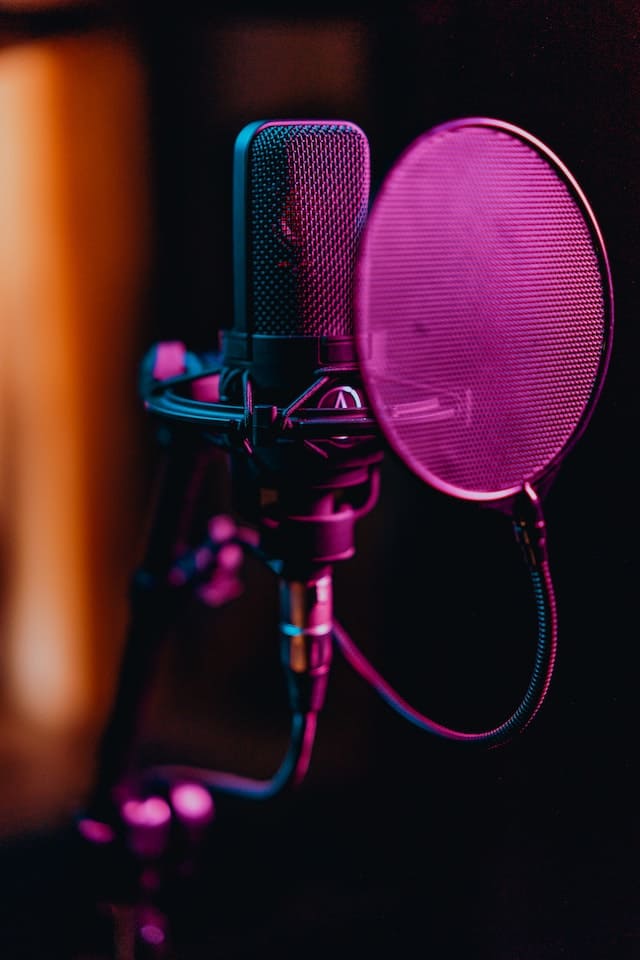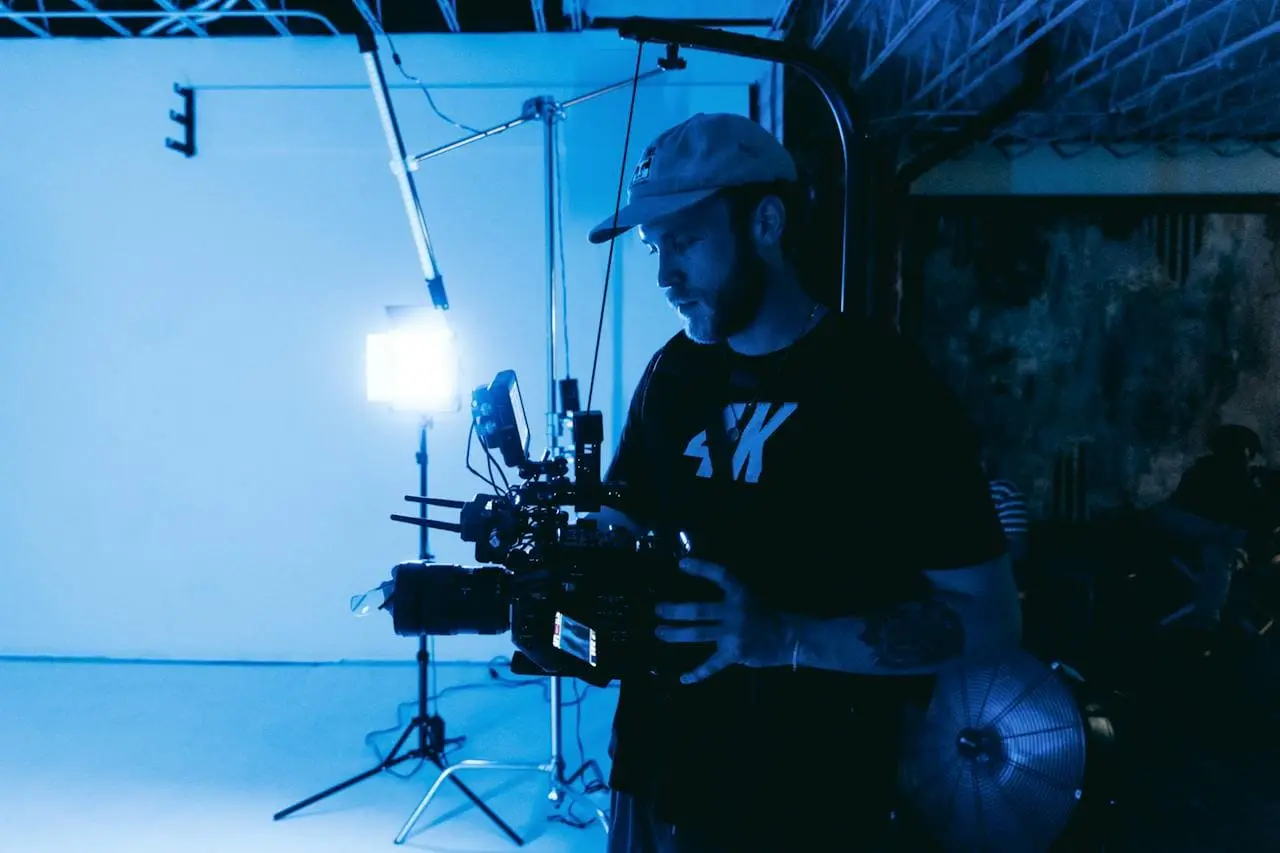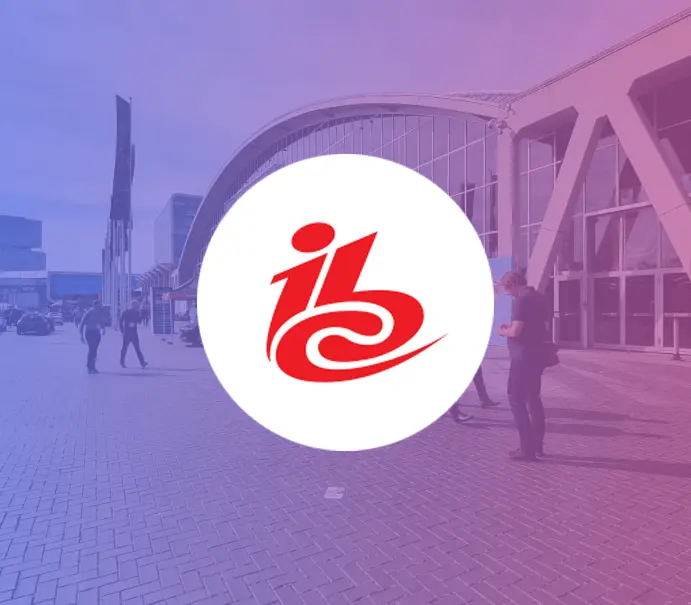The Radio Industry is among the few resilient ones. Not only did it stand firm during the rise of televisions, But it also stood firm when CDs, DVDs, and streaming media came into existence.
They may be the oldest medium of transmission yet they are believed to be one of the most trusted sources of information to this day.

Carrying forward the characteristic resilience calls for concerted efforts. The brands endeavor to balance, by providing high-quality entertainment and delivering the right information. This article will act as an aid for you to stay ahead of the competition. The topics, growing in relevance, covered here are:
● Shift to digital platforms and streaming
● DAB + (Digital Audio Broadcasting plus)
● Use of data analytics to target specific audience
● Automated Visual Radio
● Audio on Demand(Applications)
● Better advertisement opportunities
● Podcasting
1. Shift to digital platforms and streaming
The shift to digital platforms and streaming is one of the key trends in the radio industry. With the widespread use of internet-connected devices and the rise of on-demand listening, traditional radio broadcasting has had to adapt.
Many radio stations now have a digital presence, either through their websites or by partnering with streaming services. This allows them to reach listeners beyond their traditional geographical boundaries and provide a more flexible listening experience.
Additionally, digital platforms and streaming services provide opportunities for more data-driven decision-making and targeted advertising. However, the increased competition from digital-only radio stations and podcasts presents challenges for traditional radio companies.
2. DAB + (Digital Audio Broadcasting plus)
Digital audio broadcasting (DAB) refers to a technology for the transmission of digital audio signals over airwaves. The technology has transformed traditional analog radio broadcasting into digital, allowing for high-quality audio, a wider range of stations, and an increased level of reception reliability.
DAB uses digital signal processing to compress audio data, which is then transmitted over the airwaves in the form of digital signals. It allows for a greater number of radio stations to be transmitted in a given frequency band, compared to analog broadcasting.
Additionally, these signals are less susceptible to interference and have improved reception reliability, leading to a higher-quality audio experience for listeners. The DAB technology has been widely adopted in many countries and is seen as a key trend in the evolution of the radio industry.
The deployment of DAB networks has opened up new opportunities for the radio industry, such as the introduction of new and niche stations, and the ability to transmit data alongside audio content, such as album artwork and program information.

3. Use of data analytics to target specific audience
The use of data and analytics has become an increasingly important tool for radio companies to target and engage specific audiences. This data can come from a variety of sources, including listener demographics, listening habits, and social media interactions.
By analyzing this data, radio companies can gain valuable insights into their target audience, including what type of content they are most interested in and at what times they are most likely to tune in. This information can then be used to create more personalized and relevant programming, advertisements, and promotions, leading to increased engagement and loyalty from listeners.
Additionally, data and analytics can help radio companies to optimize their online and digital presence, making it easier for listeners to find and tune in to their favorite stations and programs.
The use of data and analytics is quickly becoming an essential tool for radio companies to stay competitive and relevant in the rapidly evolving media landscape.
4. Automated Visual Radio
Gone are the days when broadcasting was merely about sounds. Now brands have started to explore actively and one of their innovations is automated visual radio. A radio broadcasting technology that combines traditional audio with visual elements such as images, videos, and graphics. It allows radio stations to create a more engaging and interactive experience for listeners, beyond just audio content.
The technology is typically implemented through digital and internet-based platforms, making use of multimedia tools and software to produce and broadcast the visual content. The visual elements in automated visual radio can include anything from simple slideshows to full-fledged music videos and used to enhance the overall listening experience by providing context, and additional information, or simply adding visual interest.
The technology has the potential to transform the way listeners consume and interact with radio content, making it a key trend in the evolution of the radio industry. By incorporating visual elements, automated visual radio has the potential to increase listener engagement and retention, attract new audiences, and enhance the overall brand image of radio stations.
However, it also presents new challenges for radio stations, such as the need for more resources to produce and manage the visual content, and the need for technical expertise to effectively implement the technology.
5. Audio on Demand
In earlier days, users couldn’t listen to audio unless they downloaded it on their device. Today, the story is different. The introduction of audio on demand (AOD) has enabled users to easily stream the audio content online anywhere at anytime.
It allows users to access and listen to audio content whenever they want, rather than at a specific scheduled time. This can include a wide range of audio content, such as music, podcasts, talk shows, and more. Audio-on-demand services are typically delivered through digital and internet-based platforms and can be accessed via a variety of devices, including smartphones, smart speakers, and computers.
Audio-on-demand services offer listeners increased flexibility and control over their audio consumption, allowing them to listen to content at their own pace and on their schedule. This has made audio-on-demand a popular choice for many consumers, particularly those who are looking for a convenient and accessible way to listen to audio content.
Audio on demand has also had a significant impact on the audio industry, disrupting traditional radio and music consumption models and creating new opportunities for content creators and providers. For example, audio-on-demand services have made it easier for independent artists and podcasts to reach a wider audience, and have given established radio stations and music companies new ways to monetize their content.
6. Better Advertisement opportunities
According to The Economic Times report, advertisement volume on radio has risen 25%. As the industry starts penetrating the remote areas in the country, this figure is only to increase over time.
Advertising is an important revenue source for many businesses, including radio stations, and the advent of new technologies has provided new opportunities for advertisers to reach and engage with their target audiences. One such opportunity is the use of digital audio platforms, which offer several benefits over traditional radio advertising.
One key advantage is the ability to target specific audience segments more effectively, through the use of data and analytics. This can include demographic information, listening habits, and other data points that can be used to deliver more relevant and personalized ads to the right people.
Another advantage of digital audio advertising is the ability to track and measure the performance of ads in real time, allowing advertisers to adjust and optimize their campaigns on the fly. This provides a level of precision and control that is difficult to achieve with traditional radio advertising.
Additionally, digital audio platforms offer a range of ad formats, from traditional pre-roll and mid-roll ads to more interactive and engaging ad experiences, such as sponsored content and immersive audio ads. This provides advertisers with a wider range of options to choose from, and the ability to experiment with different approaches to see what works best for their target audience.
7. Podcasting
It allows individuals and organizations to produce and distribute audio content over the internet, making it accessible to a global audience. Podcasts cover a wide range of topics, including news, entertainment, education, and more, and can be easily downloaded and listened to on demand.
The growing popularity of podcasts is driven by the ease of access and the convenience of being able to listen to audio content on the go, making it a popular choice for listeners who are looking for engaging and informative content.
Additionally, podcasting has opened up new opportunities for radio professionals and content creators to reach audiences and monetize their work.

Conclusion
The radio industry has undergone significant changes in recent years, driven by advancements in technology and changing consumer behavior.
Key trends include the growth of digital and internet radio, increased competition from streaming services, and a shift towards more personalized and on-demand content. Despite these changes, traditional AM/FM radio will remain relevant in the coming days.
FAQs
The radio industry is shifting towards more personalized and on-demand content to meet changing consumer preferences and stay relevant in the media landscape. Additionally, radio stations are embracing digital platforms, podcasting, and social media to engage with their audience, create unique experiences, and provide content across various channels.



